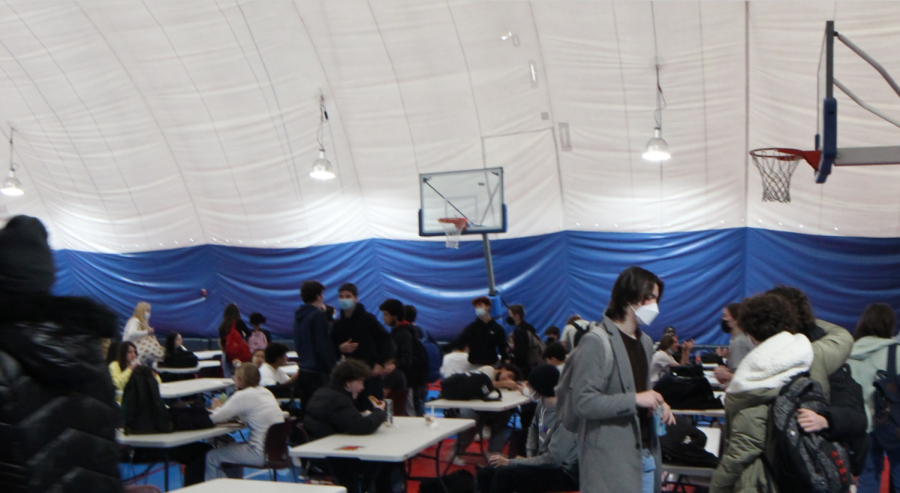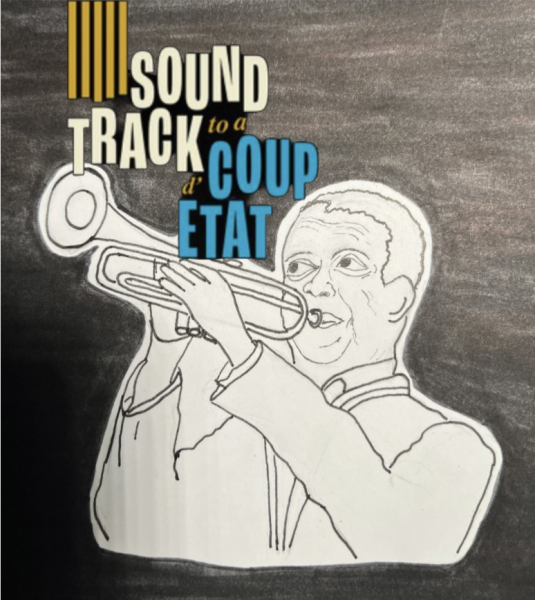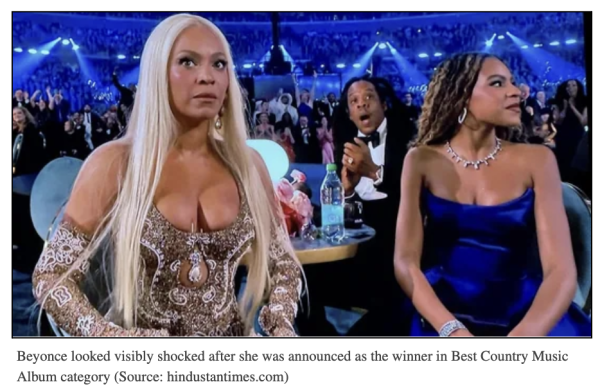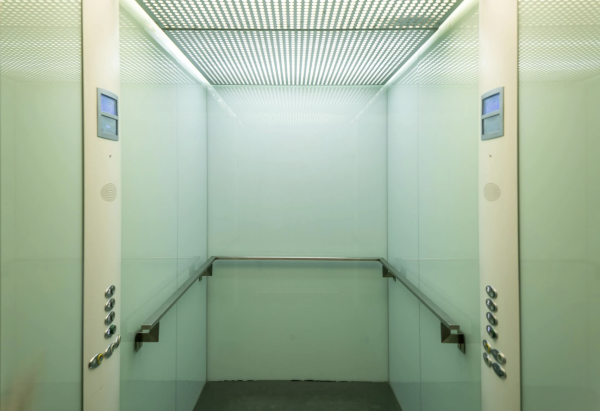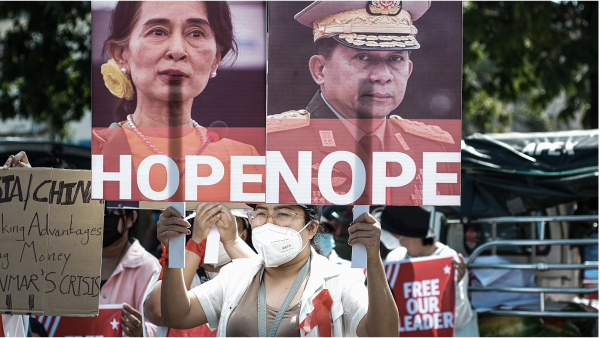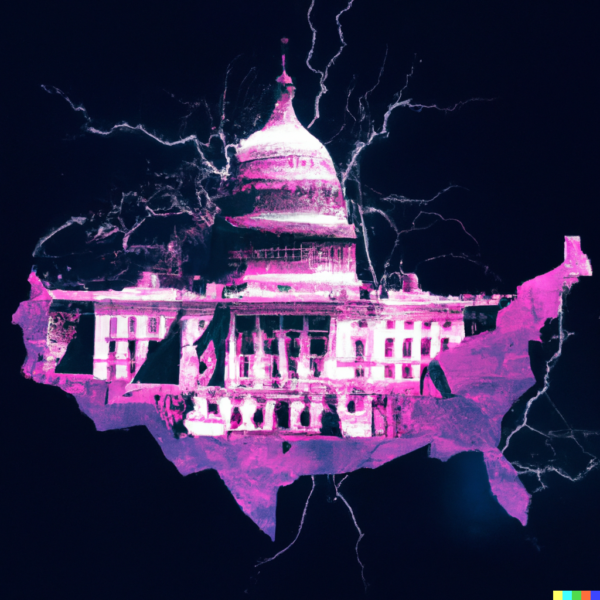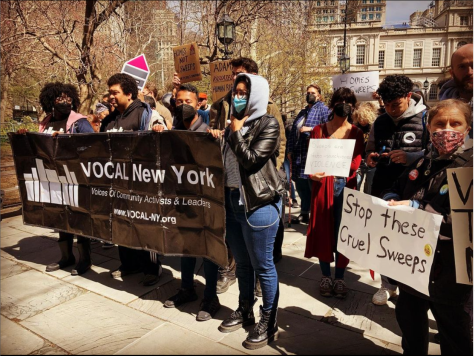UNIS’s Befuddling Bubble Policy
Photo by Miles Brust
Morning break in the bubble
Thinking that we were almost at the end of the race against the pandemic, many of us—including members of the administration—have let our guard and our masks down and have begun to rejoice. And yet we strayed further from the finish line as Omicron struck and swiftly infected thousands in New York City. Now we find ourselves continuing with school in person in an attempt to return to a so-called “normalcy”; admittedly with numerous bumps along the road. Just like before, we dread the email that would put us back home, learning virtually.
Thus, in the name of safety, UNIS rapidly increased their firmness with pandemic safety policies; especially at lunch. With the return to school came an unfamiliar bubble policy where half of the Tut House community would be obliged to eat in the bubble for one week out of the two-week cycle. This new policy, as stated in an email update on January 17, was expected to reduce the number of students in the cafeteria by about half. And so, we came back to school and were thrown into a complex schedule about where we should eat and spend our free time.
There are some positives to this policy. The tables are spread out nicely and numerous food options and services are conveniently available in the bubble. However, unfortunately, this bubble policy also came with a lack of enough organization and communication. To start, there is a sizable chance that you will be met with hints of condescension that you shouldn’t be eating in the bubble this week, or that you shouldn’t be “hovering” near tables, or that you should wait to enter the revolving doors, or that there isn’t enough space here. I often find myself, after numerous rigorous classes, perturbed by UNIS’ lack of communication. Consequently, I, alongside many of my peers, find myself even more battered after lunch than before.
The situation in the bubble can be detrimental to creating a comforting environment for students. According to a T3 student, “Sitting two people to a table does not give you a chance to communicate with your peers.” In an effort to make lunch more enjoyable for students, bigger tables can be used or the existing tables could be combined with each other and have seats positioned in a way that still keeps a safe 3 feet distance between people.
Additionally, the bubble is frequently crowded with students and even, at times, fails to accommodate some who are assigned to eat there. This is contrary to the January 10 update sent by Dr. Brenner, which stated that “crowding has been managed and the students seem to be thriving.” Despite the administration’s attempts at organized regulation, one can often find the wrong grades eating in the wrong areas. This causes some to be wrongfully barred from eating in their assigned area, despite validity from the chaotic lunch schedules. This, in contrast to UNIS’s goal of safety, puts students in an, at times, unsafely crowded environment. Furthermore, alongside these newly-introduced bubble policies, UNIS has banned eating outside on the curb. As many of us know, being outside limits the spread of the virus to a large extent. According to BBC News, viral particles often disperse in the air outside and decay in the sun’s ultraviolet rays, thus limiting viral transmission outdoors.
The administration’s reason for prohibiting eating outside on the curbs was that students do not practice acceptable social distancing practice whilst eating without masks. Based on the past crowding around the curbs, I agree that the administration’s point here is valid. At the same time, I think banning eating outside on the curb isn’t the best solution. Instead, grouping on the curb can be limited to 3 or 4 people using floor signs and verbal regulation. If the bubble can be regulated to two to a table, then it would be fair to attempt to regulate outside eating as well.
Now being a few weeks after the bubble policy was enacted, UNIS students have adapted to the new lunch schedules and locations, and things are going relatively smoothly. While UNIS’s intentions were rational, their execution at first lacked some necessary planning and organization. Measures that can improve the current lunch policy include re-introducing a compromising version of eating outside as well as repositioning the tables in the bubble to allow bigger groups to eat together while maintaining social distancing. By taking a further few steps, UNIS’s lunch policies could be more reasonable on students and maintain safety amidst the pandemic.
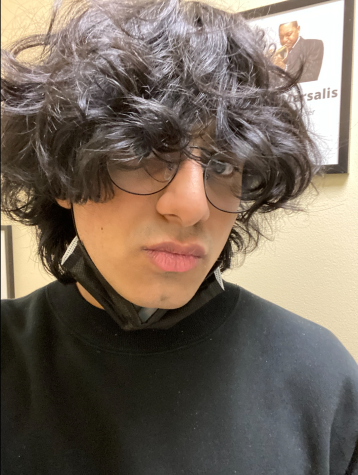
I'm Nikhil and I am in the class of 2023. I have a variety of hobbies ranging from creative writing to drawing-based activities.

I'm in the class of 2023, I've lived in New York City my whole life and have been at UNIS since JA. This impacts a lot of the writing I do relating to...



